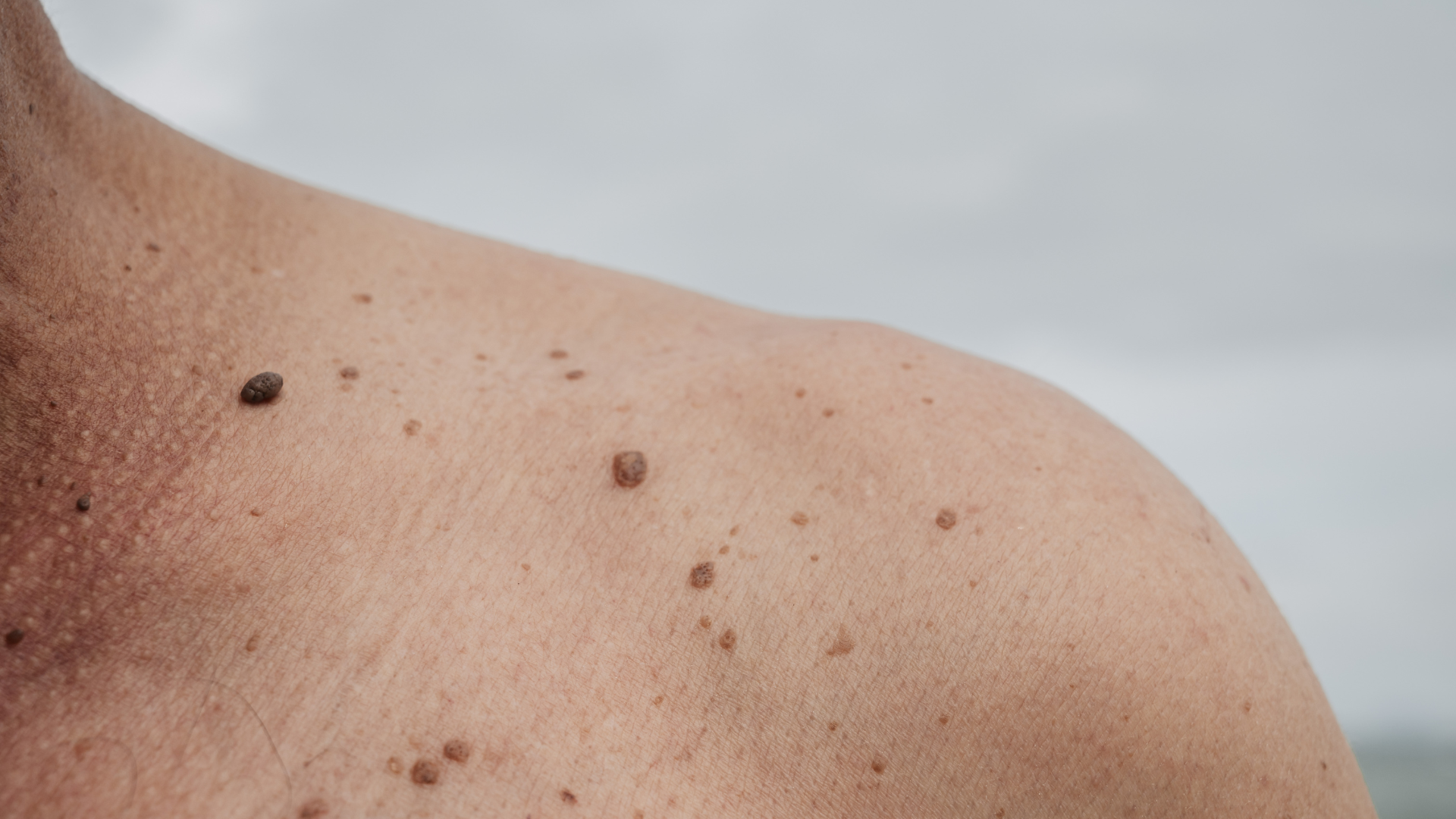
Dermatosis Papulosa Nigra (DPN) | Skin Tags | Moles
Dermatosis Papulosa Nigra (DPN)
What is DPN?
Dermatosis Papulosa Nigra (DPN) is a common skin condition characterised by small, dark, raised spots, often mistaken for moles or skin tags.
DPN primarily affects individuals with darker skin tones and usually appears on the face, neck, chest, or back. Unlike moles, DPN spots are non-cancerous and result from benign overgrowth of skin cells.
While harmless, many people seek removal for cosmetic reasons.
If you're confused about whether you have moles, skin tags, or DPN, we connect you with trusted dermatologists and clinics that offer proven results for these removal services, ensuring you receive affordable and reliable care.
Here are some key characteristics to help identify if you have DPN.
Appearance & Causes
Small bumps, sometimes raised or smooth, round, and flat in shape
May resemble skin tags
Can become rough in texture over time
May darken and spread as they develop which may resemble moles
The exact cause of DPN remains unclear, though it is more common in individuals with darker skin and may be influenced by sun exposure, hereditary factors, diet, and hormonal changes.
You probably seen someone or experience them yourself
Who does it affect?
Those most affected by this skin concern are people of colour of Black African, Asian, and mixed heritage backgrounds, predominantly within the Fitzpatrick skin type classifications 4-6.
DPN often begins to appear during the teenage years but tends to become more noticeable in your late 20s and beyond.
While treatment can permanently remove existing DPN, new ones may develop with age, so follow-up treatments are recommended
Consultation
Every treatment journey begins with a thorough consultation. During this session, you'll have the opportunity to discuss your concerns, treatment goals, and medical history with a qualified professional. This helps ensure the most appropriate course of action is recommended based on your individual needs and skin type.
Skin Assessment
A detailed skin assessment is conducted to evaluate the nature and extent of the blemishes or pigmentation. This may involve visual examination and, where applicable, discussion around skin tone, sensitivity, and any underlying conditions that could affect treatment outcomes.
Customised Treatment Plan
Following the consultation and assessment, a tailored treatment plan will be created. This plan outlines the recommended procedures, expected number of sessions, costs involved, and any preparatory steps required. Treatment types may vary depending on your skin's response and personal preferences.
Healing and After- Care Instructions
After your treatment, you’ll receive personalised after-care guidance to support optimal healing and minimise any potential side effects. This may include skincare product recommendations, lifestyle considerations, and follow-up appointment scheduling. Adhering to these instructions is essential for achieving the best possible results.
What to expect with your DPN Removal
Get in touch.
Have questions or ready to take the first step toward clearer, blemish-free skin? We're here to help.
Whether you're curious about the treatment process, pricing, or booking a consultation, simply reach out and a member of the team will guide you through the next steps.


